7 Possible Signs of a Nutrient Deficiency You'll See on Your Face
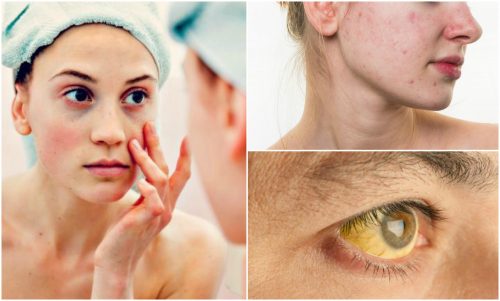

Reviewed and approved by the pedagogue in physical education and nutritionist Elisa Morales Lupayante
Most of us are concerned about keeping our face looking good. It’s not just about taking care of blemishes, but also watching our sun and toxin exposure. However, in spite of all the special beauty products we use, sometimes we still have problems that, although aren’t serious, are hard to treat.
The problem is that we don’t realize that these signs go deeper than our appearance. They often have to do with a nutrient deficiency in our body.
We may try to treat these problems externally, but a lack of certain nutrients causes problems and makes them reoccur.
That’s why we decided to share 7 signs you’ll see on your face when you have a possible nutrient deficiency.
Find out what they are!
1. Acne
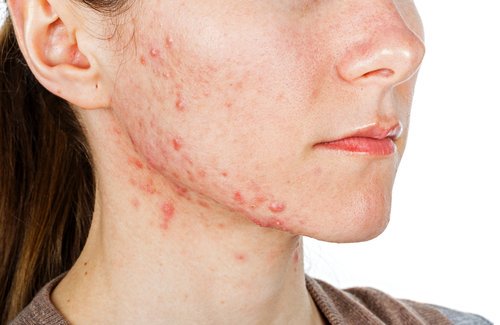
Acne can appear due to a nutrient deficiency such as a lack of vitamins A, E, or B vitamins.
While there are many hormonal and environmental factors that may play a role, these nutrient deficiencies can increase your likelihood of getting acne.
Discover: 5 Natural Treatments for Facial Acne
That’s why it’s essential to avoid fatty foods if you have acne, and instead eat these:
- Nuts
- Green vegetables
- Fish and seafood
- Olive oil
- Eggs
- Avocados
2. Dry skin
Excessively dry skin can be caused by a nutritional deficiency that stems from a poor diet and too much sun.
These factors keep vitamins and minerals from doing their job, which over time causes noticeable imperfections.
A lack of vitamins A and C tends to be the most commonly associated nutrient deficiency.
Be sure to add these foods to your diet:
- Carrots
- Citrus fruits
- Blueberries
- Green vegetables
- Apricots
- Peppers
- Pumpkin
3. Puffy eyes
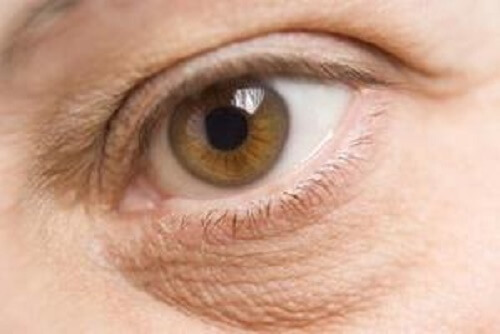
Bags under the eyes are imperfections that are caused by fluid retention and poor circulation. These, in turn, are caused by a lack of minerals such as potassium, magnesium, and iodine. Low absorption triggers an inflammatory response that’s seen around the eyes.
To avoid this, eat foods like these more often:
- Bananas
- Seaweed
- Olive oil
- Himalayan salt
- Oily fish
- Radishes
- Spinach
- Nuts
4. Pale lips
When your lips and gums look pale, you probably have iron deficiency anemia.
This nutrient, a key player in the formation of red blood cells, helps maintain your mouth’s characteristic red color.
To absorb more iron, try to increase your intake of:
- Lean meats
- Dried beans
- Spinach
- Liver
- Nuts
- Peppers
- Oregano
- Fish and shellfish
5. Cracked lips, one of the signs of a nutrient deficiency
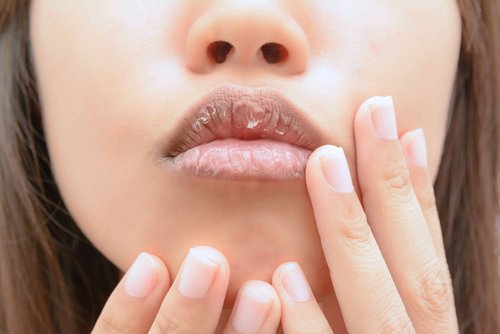
Most of us have had cracked lips before. It’s a common symptom when there are sudden weather changes or when you expose yourself to the sun without proper protection.
However, when it’s reoccurring, it may be a symptom that your body has a vitamin B complex deficiency and is lacking water.
B vitamins and water help support optimal cellular regeneration, keeping your lips smooth and moisturized.
If you’re suffering from this problem, make an effort to add foods like these to your diet:
- Citrus fruits
- Nuts
- Eggs
- Lean meats
- Fish
- Legumes
- Whole grains
- Apples
- Mangos
- Avocados
6. Yellowish eyes
A yellowish color in the whites of your eyes is caused by a condition known as jaundice, characterized by increased bilirubin levels in the tissues.
Read more here: 5 Things Your Eyes Say About Your Health
It may come from disorders of the liver or gallbladder, but also from nutrient deficiencies such as:
- Vitamins (A, B, C, D, and E)
- Lecithin
- Minerals (magnesium and zinc)
In order to control it, avoid processed foods and increase your intake of:
- Vegetables (artichoke, spinach, kale, peppers, radishes, and tomatoes)
- Citrus fruits
- Fruit (grapes, apples, and pineapple)
- Barley
- Herbs (cilantro and basil)
7. Pale skin
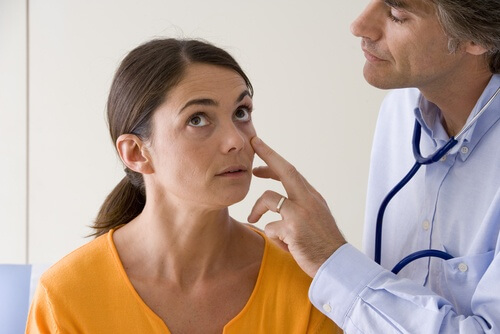
Pale skin may be caused by an iron or vitamin D deficiency, which is common in people with anemia.
Low levels of these substances affect blood circulation and thus compromise cellular oxygenation and transportation of nutrients to the skin.
In order to help fix this, add foods like these to your diet:
- Lean meats
- Fish and shellfish
- Liver oil
- Fortified cereals
- Enriched soy products
- Mushrooms
- Eggs
Do you have any of these signs? If so, see a doctor and get checked out in order to see if you have a nutrient deficiency. Whatever the case may be, try to eat the recommended foods to help fix the problem.
All cited sources were thoroughly reviewed by our team to ensure their quality, reliability, currency, and validity. The bibliography of this article was considered reliable and of academic or scientific accuracy.
- Cengiz FP, Cevirgen Cemil B, Emiroglu N, Gulsel Bahali A, Onsun N. Acne located on the trunk, whey protein supplementation: Is there any association? Health Promot Perspect. 2017 Mar 5;7(2):106-108. doi: 10.15171/hpp.2017.19. PMID: 28326292; PMCID: PMC5350548.
- Polcz ME, Barbul A. The Role of Vitamin A in Wound Healing. Nutr Clin Pract. 2019 Oct;34(5):695-700. doi: 10.1002/ncp.10376. Epub 2019 Aug 7. PMID: 31389093.
- Lis DM, Baar K. Effects of Different Vitamin C-Enriched Collagen Derivatives on Collagen Synthesis. Int J Sport Nutr Exerc Metab. 2019 Sep 1;29(5):526-531. doi: 10.1123/ijsnem.2018-0385. PMID: 30859848.
This text is provided for informational purposes only and does not replace consultation with a professional. If in doubt, consult your specialist.








